To learn better, it's important to identify your preferred learning style. You may be a visual or auditory learner. You may be more successful if you read the information and say it aloud, while visual learners can learn better by seeing images or visual cues. Once you know your preferred learning style, you can develop studying skills that suit your style.

Learning styles
Learning styles refer to how a person processes information and learns best. There are three main styles: Visual, Auditory, and Tactile/Kinesthetic. Auditory learners prefer to hear and see things. They also prefer to discuss topics and hear lectures, while Read/Write learners prefer to read and write.
Each learning style has its own strengths and weaknesses. Many people are stronger in one type than another. Auditory learners usually prefer lectures or podcasts while visual learners tend to learn best through physical activities, such as examining objects and positioning themselves.
Visual learners
Visual learners can process information best when it is presented in a visual format. They can map out concepts visually and find connections between concepts. They can also benefit from written instructions because they can refer back to the information later. They can process information best if the information is presented in an organized manner and is presented in a visually pleasing way.
Visual learners can retain about 75% of the information they encounter. They are highly observant and can often spot small details that a non-visual learner would overlook. They can often perform well in class tests.
Verbal learners
Verbal learners are good at absorbing information through the written word. They can also simplify complex written text into simple information. This type of learner typically excels in reading and writing assignments and tests. They also thrive in lectures and note-taking activities. However, they can have trouble with a number-based activity or abstract visuals.
Verbal learners can benefit from visual aids, such as mind maps or flowcharts. Also, they can benefit from activities that use their own voices, such as reading aloud or writing poetry. Verbal learners also benefit from the internet because they can quickly pick up a lot of information.
Solitary learners
Many solitary learners thrive on activities that require them to think alone. They enjoy activities that include silent reading, journaling, and projects that can be completed on their own. They also benefit from teaching strategies such as modeling, which requires the teacher to plan out an example and think out loud before executing the steps. This method of teaching gives solitary learners ample time to focus on their own ideas and work through problems without interacting with a group.
Solitary learners may find it difficult to sit quietly through a lengthy lecture, so they may prefer to participate in a small group discussion. Solitary learners can also benefit from self-help books. However, they find other people distracting, and they may become frustrated if they are forced to work with others before fully thinking through their ideas.
I am a visual learner